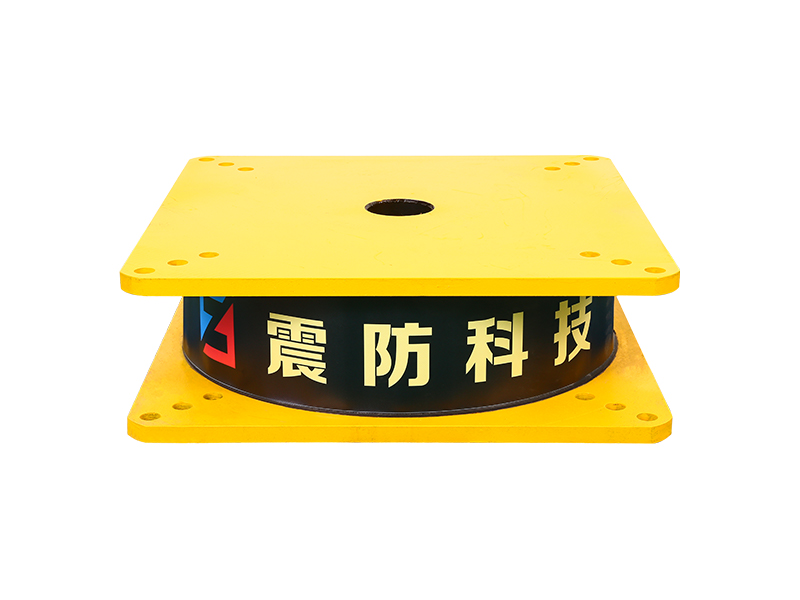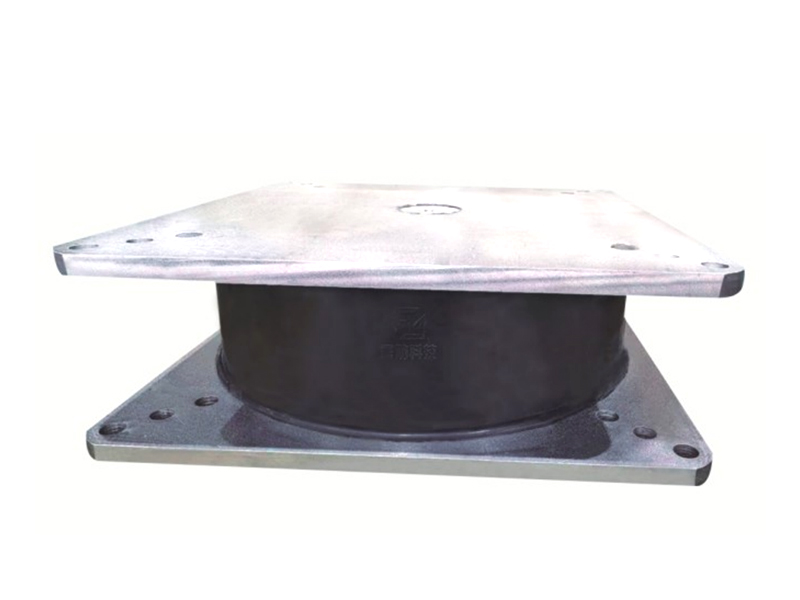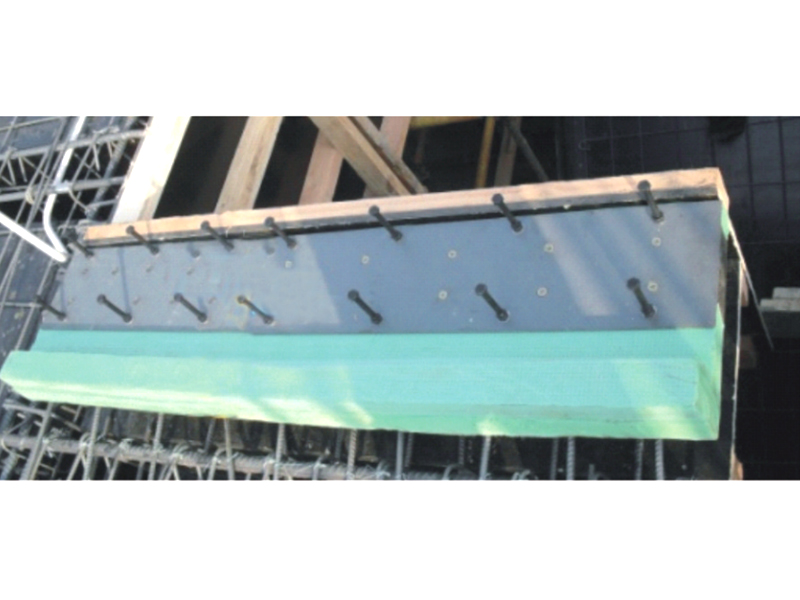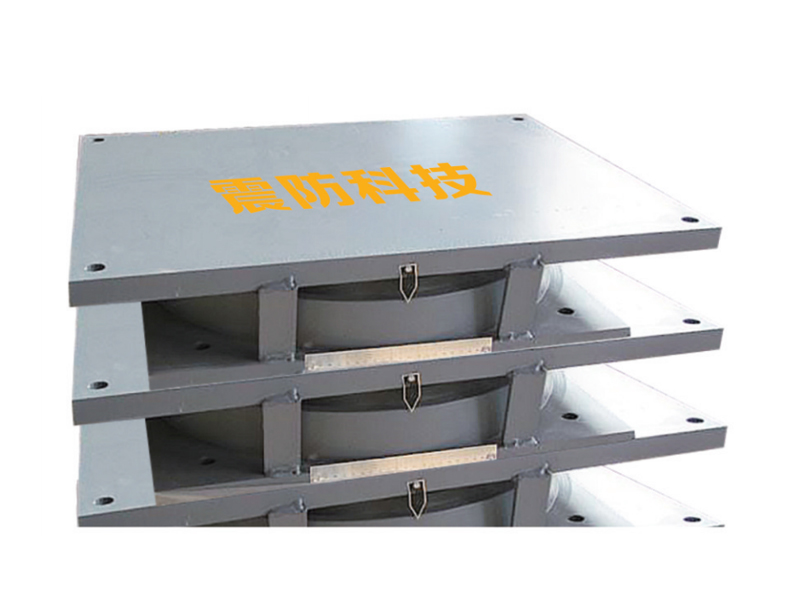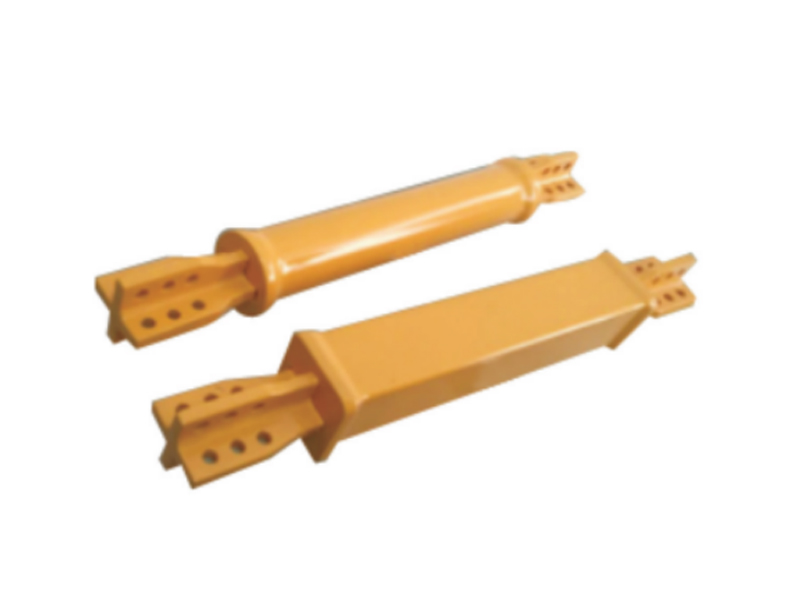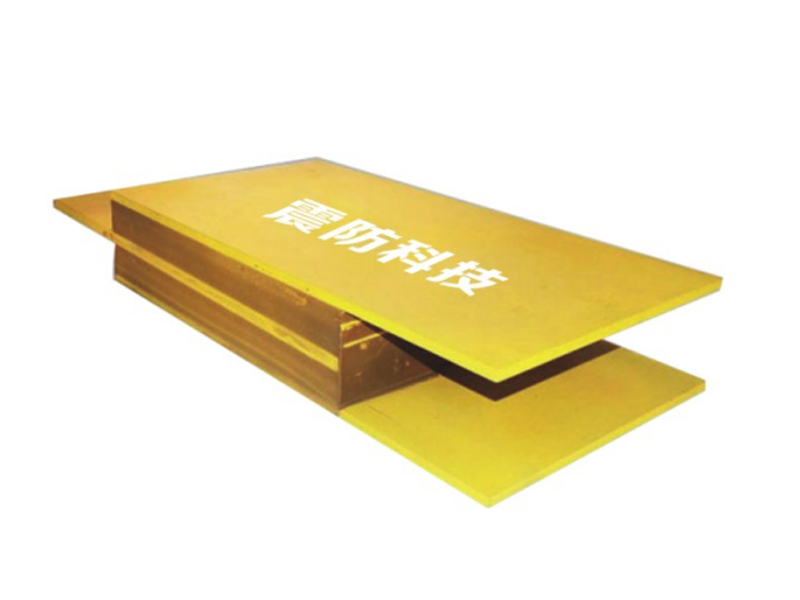The company has been adhering to the corporate tenet of "quality first, customer first", and sincerely welcomes domestic and foreign customers to visit and guide.
GET A QUOTEThe global engineering community is increasingly turning to advanced damping solutions to enhance the safety and performance of structures and machinery. Among these solutions, the viscous friction damper has established itself as a highly effective and reliable technology for dissipating energy from dynamic forces. This device operates on a fundamental principle: it generates a damping force that is directly related to velocity. As a piston moves through a specially formulated silicone fluid within a sealed cylinder, the resulting viscous friction converts kinetic energy into heat, which is then dissipated into the atmosphere. This efficient mechanism allows the viscous friction damper to effectively mitigate vibrations and shocks caused by seismic events, wind, or operational loads.
In the construction industry, the application of the viscous friction damper is revolutionizing the design of tall buildings, long-span bridges, and critical infrastructure. Engineers incorporate these devices into structural systems to absorb and dissipate the energy that would otherwise cause discomfort to occupants or damage the building's framework. Unlike other systems that might add stiffness, a viscous friction damper provides supplemental damping without significantly altering the structure's natural frequency. This makes it a versatile tool for both new construction and the seismic retrofitting of existing historical or vulnerable buildings. The ability of the viscous friction damper to perform reliably over a wide range of temperatures and loading conditions contributes to its growing popularity.
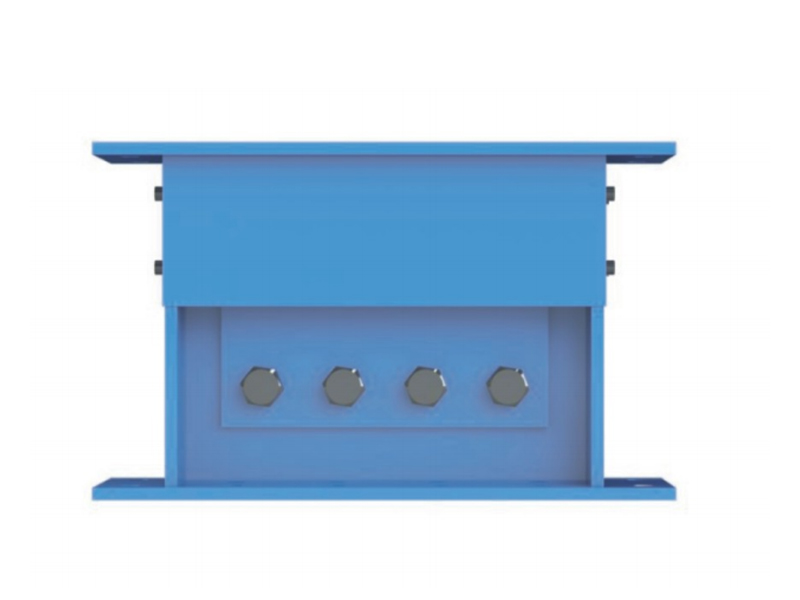
The use of the viscous friction damper extends far beyond seismic protection. In the transportation sector, these dampers are critical components in suspension systems for heavy-duty vehicles and railways, improving stability and ride comfort. Furthermore, they play a vital role in safeguarding power generation facilities, including nuclear and conventional power plants, by protecting essential components from the effects of earthquakes or operational vibrations. The industrial manufacturing sector also relies on the viscous friction damper to isolate precision machinery, less wear and tear, and reduce noise levels, thereby increasing operational efficiency and equipment longevity.
The design and manufacturing process of a viscous friction damper requires precision engineering. Key considerations include the selection of the silicone fluid, whose viscosity remains stable across a broad temperature spectrum, and the meticulous design of the piston and cylinder head orifices. These orifices are engineered to create a specific nonlinear relationship between force and velocity, allowing engineers to tailor the damping characteristics to a project's unique requirements. Each unit is subjected to rigorous performance testing to validate its force-velocity behavior and long-term durability, ensuring it will function as intended throughout the structure's service life.
Ongoing research and development are focused on further enhancing the capabilities of the viscous friction damper. Innovations in fluid chemistry and mechanical design aim to increase energy dissipation capacity and create more compact, cost-effective models. There is also a growing interest in integrating these dampers with smart monitoring systems that can provide real-time data on their health and performance. As urban environments become denser and infrastructure ages, the demand for proven and adaptable protection technologies is expected to rise. The viscous friction damper, with its robust principle and versatile applications, is well-positioned to meet this demand, contributing to the creation of a more resilient and safer built environment for future generations.
